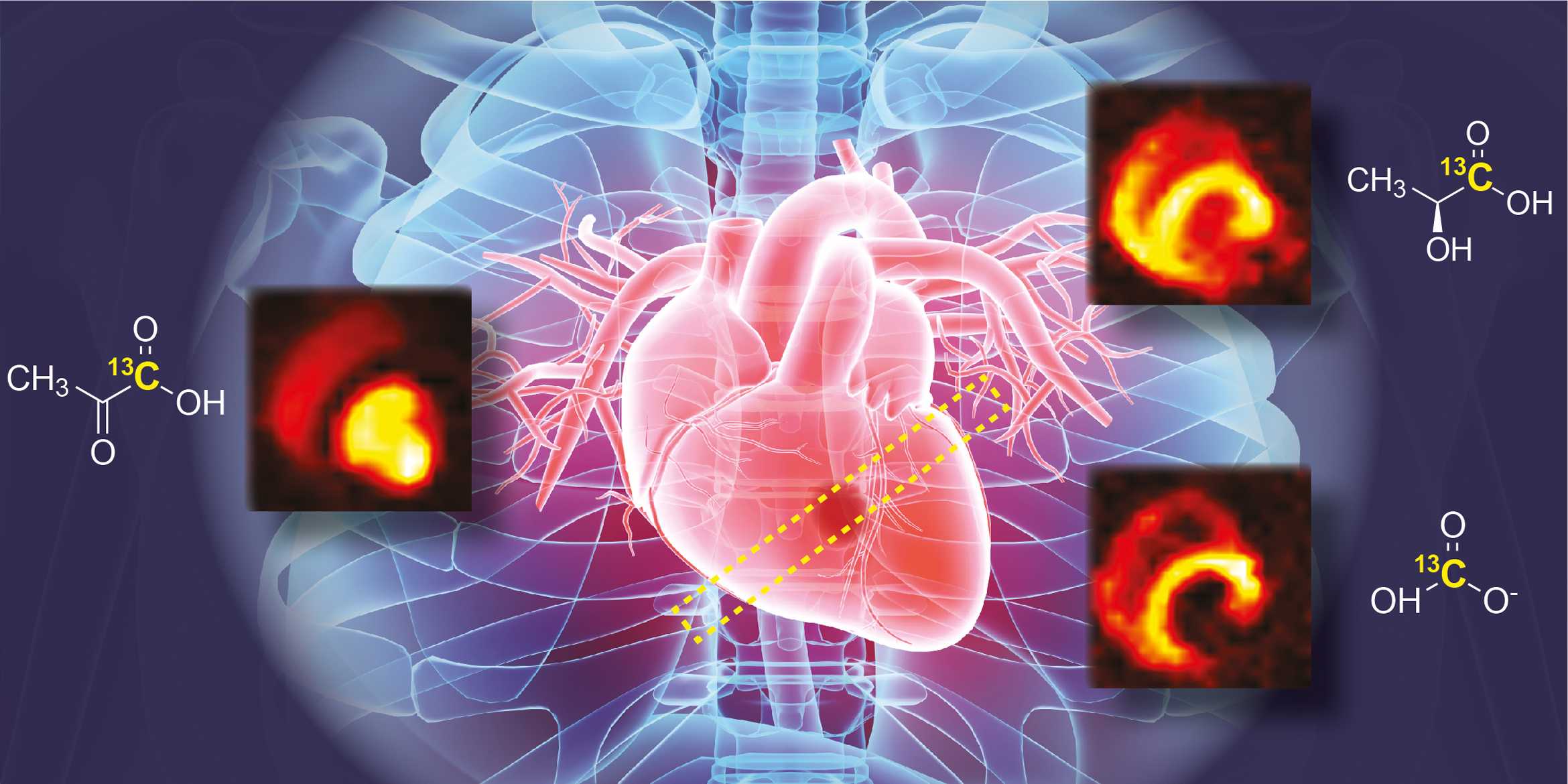Watching the metabolism at work

Researchers from ETH Zurich and the University of Zurich are taking magnetic resonance imaging a step further. With their new method, they can visualise metabolic processes in the body. Their objective is to improve the future diagnosis and treatment of heart disease.
Magnetic resonance imaging (MRI) has become an indispensable part of medicine. It allows unique insights into the body and diagnosis of various diseases. However, current MRI technology has its limitations: although it can be used to map the structure and function of organs and tissues, it cannot be used to map changes in metabolism, which play a key role in many diseases.
This is precisely what researchers from ETH Zurich and the University of Zurich at the Institute for Biomedical Engineering are now aiming to make possible. Professor Sebastian Kozerke’s group is advancing MRI technology so that it can be used to visualise metabolism in real time. The researchers are focusing on the heart, the metabolism of which is particularly complex because it can choose from multiple energy sources.